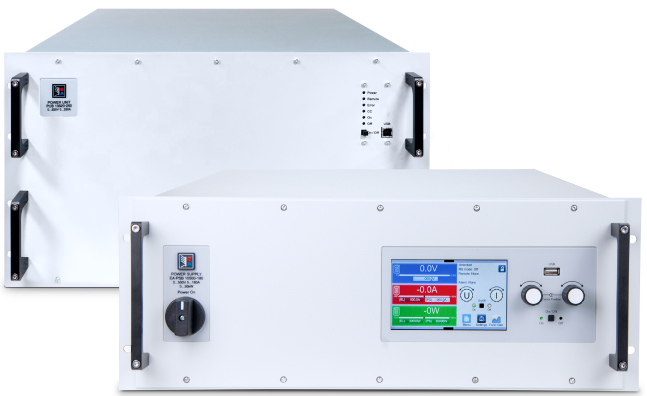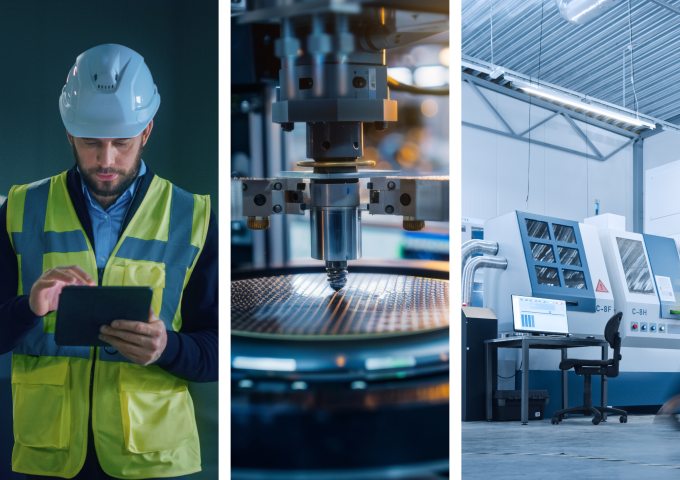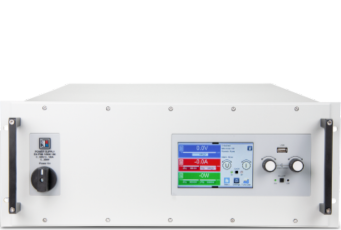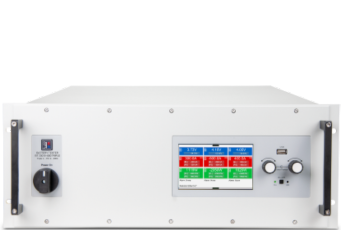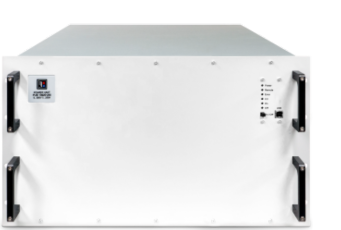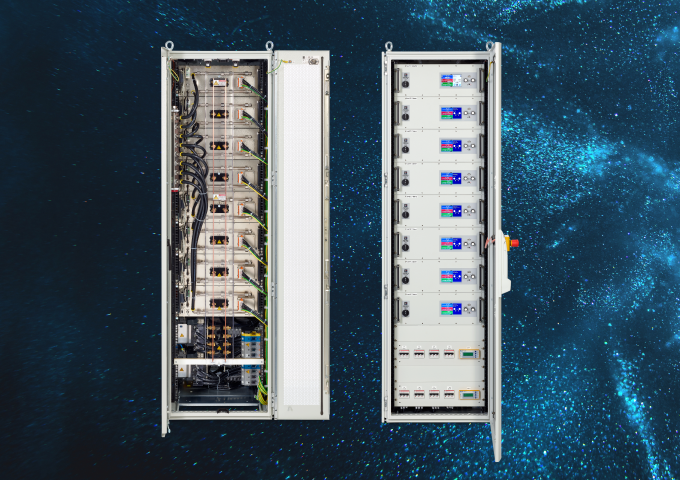Introduction
Air cooling and water cooling are two primary methods for regulating temperature in various systems, such as computers, automotive engines and industrial equipment. In today‘s technologically advanced landscape, efficient thermal management is a critical requirement for maintaining the performance, reliability, and longevity of electronic devices and industrial equipment. Among the various cooling solutions available, water cooling has emerged as a superior alternative to traditional air cooling methods, especially in high-demand applications. Water-cooled systems leverage the high thermal conductivity of water to dissipate heat more effectively than air-cooled systems. This results in enhanced cooling efficiency, quieter operation, and the ability to handle higher power densities, making water cooling an ideal solution for environments where optimal thermal management is paramount. From ensuring the uninterrupted performance of high-performance systems and industrial machinery to extending the lifespan of critical electronic components in harsh operating conditions, water cooling offers a robust and reliable approach to manage heat.
By understanding the role of water-cooled devices, stakeholders can make informed decisions to optimize their systems for superior performance and sustainability.
EA Water Cooling


